Shrimp might be the most popular seafood in the world, but for a dish so beloved, it sure comes with a boatload of myths.
Whether it’s piled high in a cocktail glass, sizzling in garlic butter, or tucked into a taco, shrimp is the go-to protein that somehow manages to feel both fancy and comforting. But how much do we actually know about it?
Spoiler alert: not much.
Over the years, shrimp has gathered more misinformation than a bad cooking blog. You’ve probably heard someone say frozen shrimp isn’t as good as fresh—or that you must devein it every time or risk doom.
Maybe you’ve assumed bigger shrimp always means better flavor, or that you should never reheat leftovers unless you want rubbery regret.
Sound familiar? That’s because a lot of what we believe about shrimp is less fact and more kitchen folklore. Some of these “rules” were born from outdated science, while others were passed down from well-meaning relatives who swore by their shrimp wisdom.
And let’s not even start on the health claims—shrimp has been unfairly dragged through the nutritional mud thanks to its cholesterol content, despite actually being a lean, protein-packed powerhouse.
So before you toss those shells or skip the frozen aisle in fear, let’s set the record straight. In this article, we’re diving headfirst into the most common shrimp myths you’ve probably believed—and busting them wide open.
Whether you’re a seasoned seafood lover or just figuring out how to cook shrimp without overthinking it, you’ll walk away with a fresher (and more flavorful) perspective.
1. Shrimp Are Always Pink Before Cooking
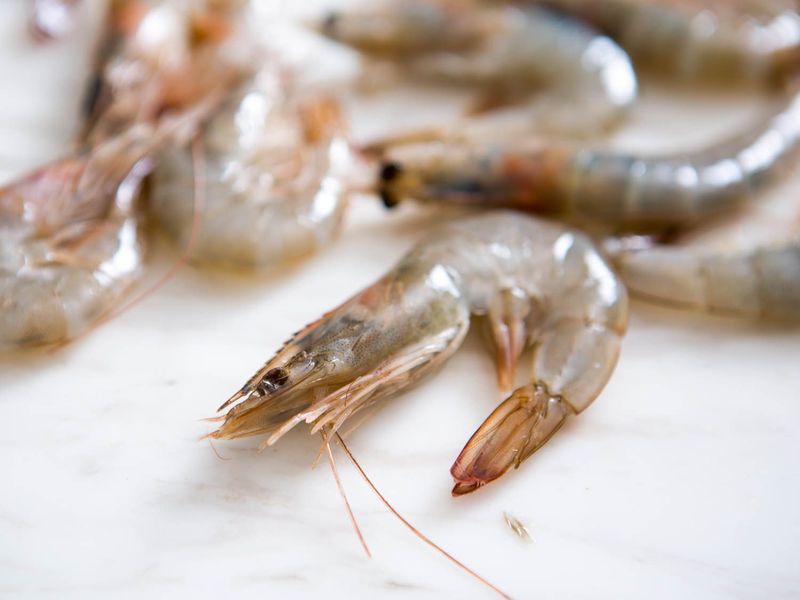
Contrary to popular belief, shrimp aren’t naturally pink when raw. They actually come in colors ranging from grey to blue. It’s only when shrimp are cooked that they turn the familiar pink due to the heat-induced changes in their pigment called astaxanthin.
This transformation can be quite the culinary magic trick. If you’ve ever been puzzled by the sight of a raw shrimp, you’re not alone.
Seeing those blue-grey hues for the first time can be a surprise! The next time you spot shrimp at the market, take a closer look and appreciate their natural color palette. It’s not just a feast for the taste buds but for the eyes too.
This color change is a fascinating and natural part of cooking shrimp, adding to the allure of serving these delectable crustaceans.
2. Frozen Shrimp Are Lower Quality Than Fresh Shrimp

Many assume that frozen shrimp must be inferior to their fresh counterparts. However, shrimp are often frozen almost immediately after being caught. This quick-freeze process helps lock in freshness and nutrients.
On the other hand, ‘fresh’ shrimp may have been transported for days or even thawed from frozen stock.
If you’re aiming for quality and freshness, frozen shrimp can actually be a smarter choice. They allow you to control the defrosting process and ensure you’re cooking with fridge-fresh ingredients.
Don’t dismiss the frozen section next time you’re shopping; it could be your best bet for top-notch shrimp. Plus, keeping them in your freezer means you’re always ready to whip up a seafood feast without a last-minute grocery run.
3. All Shrimp Need to Be Deveined
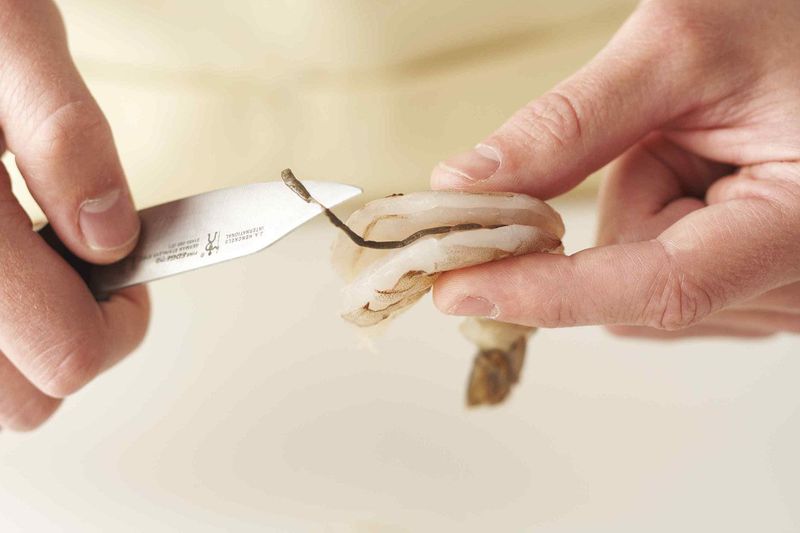
One of the most tedious tasks in shrimp preparation is deveining, yet not all shrimp require it. The ‘vein’ is actually the digestive tract, which is not harmful if consumed. In smaller shrimp, this vein is often less noticeable and can be left in. It’s more of a visual preference than a health necessity.
Deveining is mostly for aesthetics and to remove any gritty texture. If you’re cooking shrimp for a casual family dinner, you might skip this step. But for special occasions, you may still want to devein for that clean presentation.
So, next time you’re cleaning shrimp, decide based on your needs rather than a blanket rule. It’s about what works best for your dish and your guests’ taste.
4. Shrimp Are Bad for Your Cholesterol
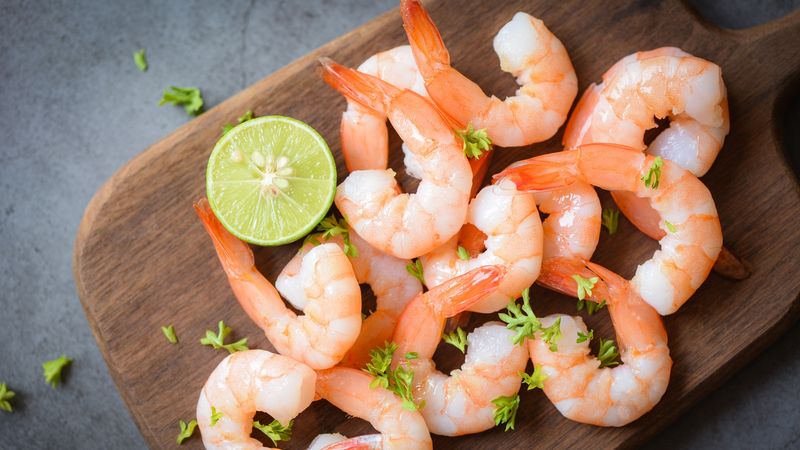
Shrimp have often been wrongly accused of being detrimental to cholesterol levels. While they do contain cholesterol, they are also low in saturated fat. Studies have shown that eating shrimp can actually increase good cholesterol (HDL), which is beneficial for heart health.
So, if you’ve been avoiding shrimp due to cholesterol concerns, it might be time to reconsider. Enjoying shrimp as part of a balanced diet can be both delicious and heart-friendly. Next time you’re at a seafood restaurant, feel free to order that shrimp dish without the guilt.
It’s a classic case where the myth doesn’t match the science, allowing you to enjoy shrimp without unnecessary worry.
5. Bigger Shrimp Always Taste Better
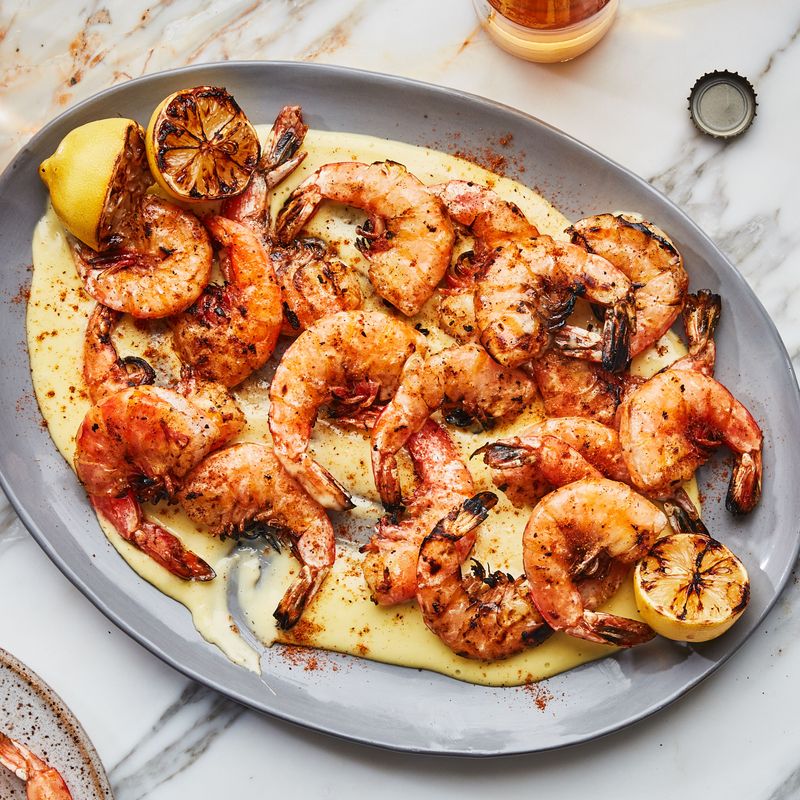
The assumption that bigger is always better isn’t necessarily true with shrimp. In fact, smaller shrimp often have a sweeter and more tender texture. Jumbo shrimp do make for impressive presentations, but they might lack the delicate flavor found in their smaller counterparts.
When choosing shrimp, consider the dish you’re planning to prepare. For example, small shrimp might be perfect for salads, while larger ones are great for grilling or as a main course.
Remember, quality and flavor depend more on how they’re cooked and the freshness than on size alone. Let your taste buds be the judge, and don’t let size dictate your seafood choices.
6. Shrimp Cocktails Are Outdated and Tasteless
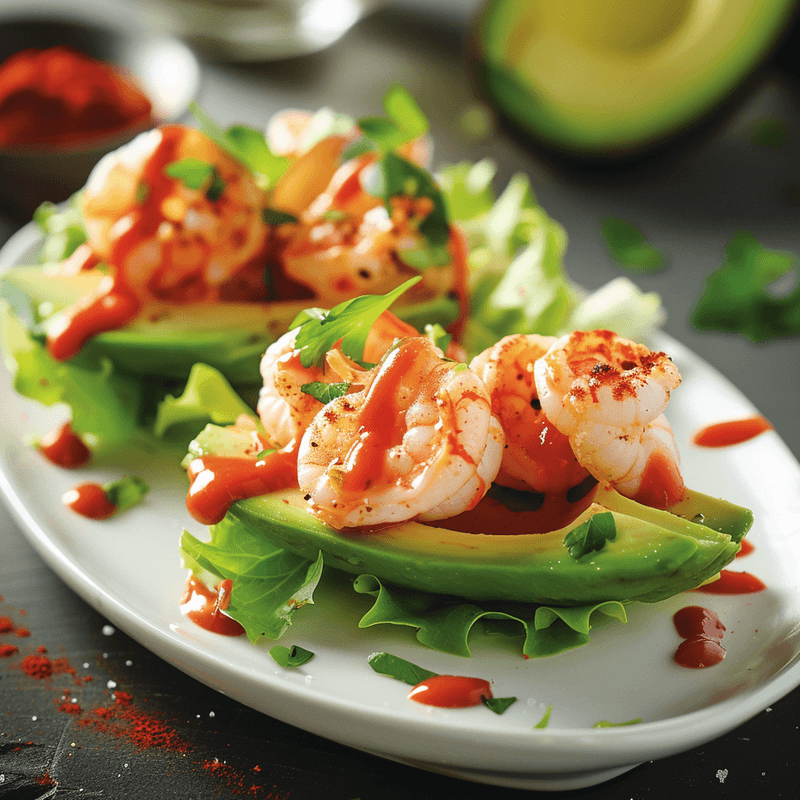
The classic shrimp cocktail has unjustly earned a reputation as an outdated appetizer. Yet, when prepared with fresh, high-quality shrimp and paired with a zesty cocktail sauce, it can be a delightful starter. Shrimp cocktails have a timeless appeal and can be customized to suit modern tastes.
From adding a dash of spice to serving in innovative glassware, there are numerous ways to reinvent this classic.
Next time you host a party, consider serving a shrimp cocktail with a twist. It’s a dish that combines elegance with simplicity, proving some classics never go out of style. Keep it fresh, and your guests will appreciate this sophisticated nod to culinary tradition.
7. Shrimp Should Always Be Cooked Until Curled Tight
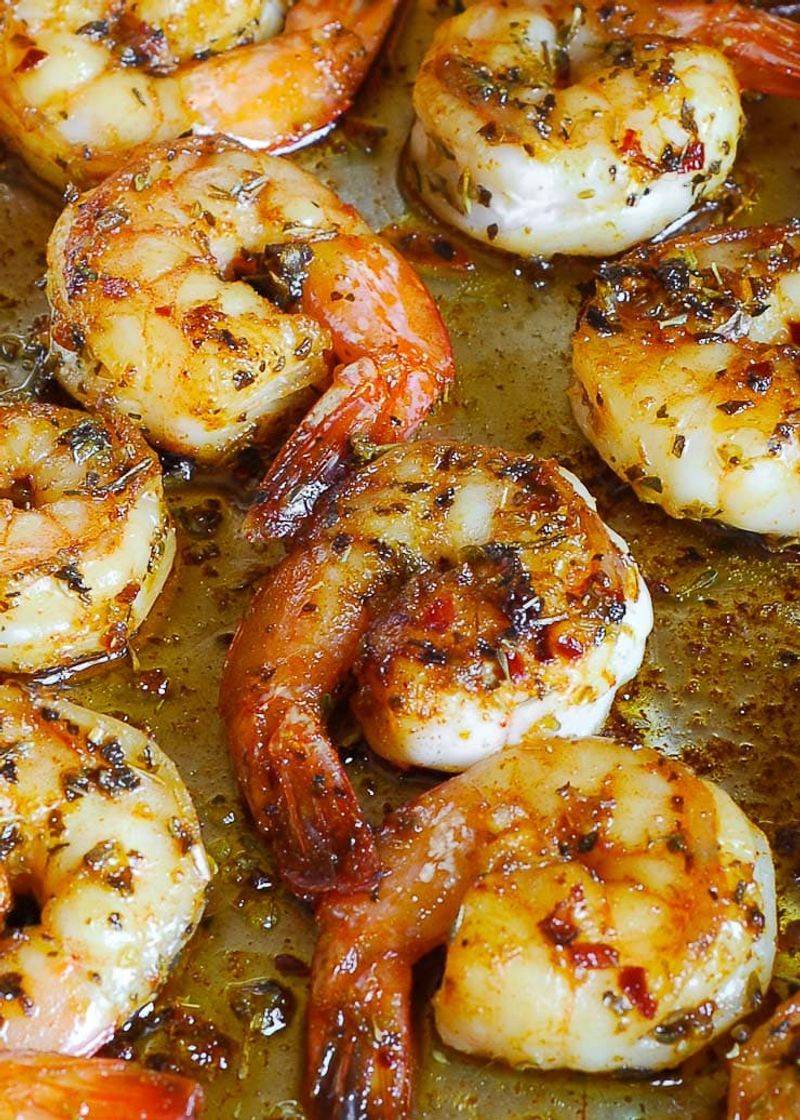
Cooking shrimp until they curl up tightly can often result in rubbery texture. Perfectly cooked shrimp should be tender and slightly curled, forming a loose “C” shape. Overcooking leads to that tight “O” shape, indicating that the shrimp have gone too far.
Paying attention to the shrimp’s color and shape while cooking can make a big difference. A quick two to three minutes on each side is usually sufficient. When the shrimp turn pink and opaque, they’re ready to enjoy.
Practice makes perfect, and understanding the signs of doneness will elevate your shrimp dishes from ordinary to extraordinary. Enjoy them at their best by avoiding the common overcooking trap.
8. Imported Shrimp Are Unsafe to Eat
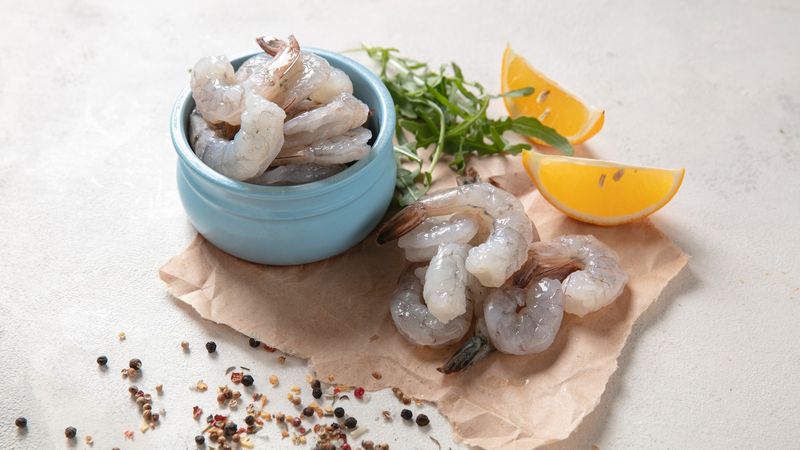
There’s a widespread belief that imported shrimp are unsanitary or unsafe. However, many countries adhere to strict guidelines and quality standards for their seafood. Imported shrimp can be just as safe and delicious as local options.
It’s important to buy from reputable sources and check for certifications that ensure sustainable and safe practices.
Being informed about where and how your shrimp are sourced can give you peace of mind. With globalization, high-quality shrimp are available from various regions, offering a world of flavor at your table. Don’t limit yourself; expand your palate with shrimp from around the globe.
9. Shrimp Are Already Clean When You Buy Them
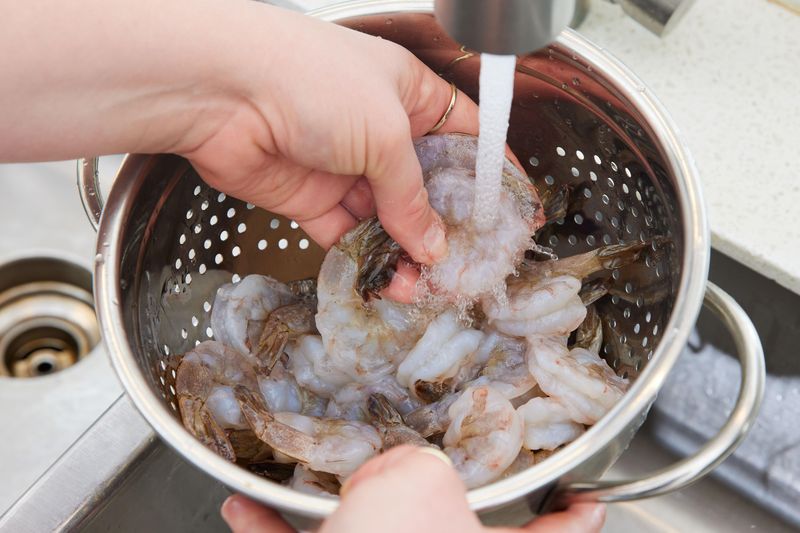
Assuming that all shrimp are ready to cook straight from the package can lead to culinary missteps. While some shrimp come pre-cleaned, others still require deveining or rinsing to remove any sand or residue. It’s crucial to read labels or ask your fishmonger for clarity.
Taking a few minutes to inspect and clean your shrimp can enhance the final dish. It’s a small step that ensures your meal is both delicious and well-prepared. Proper cleaning is part of good kitchen hygiene and can make a significant difference in taste and texture.
Knowing what to look for will help you serve up shrimp that’s perfectly ready for any recipe.
10. You Can Eat as Much Shrimp as You Want Without Any Health Concerns
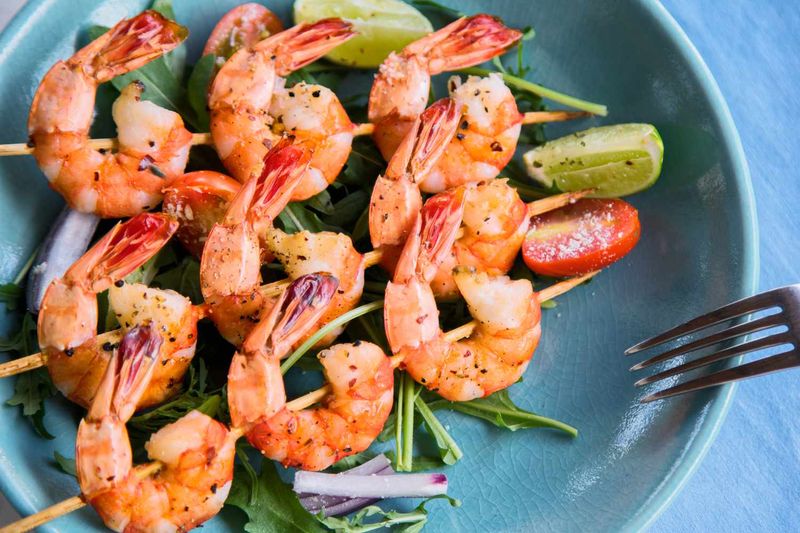
Shrimp might be low in calories, but that doesn’t mean they should be eaten without limits. Portion control is key to maintaining a balanced diet, and shrimp should be enjoyed as part of a varied menu. Overindulging in shrimp, like any food, can lead to unwanted health effects.
Shrimp are a good source of protein and other nutrients, but moderation is essential. Be mindful of how shrimp are prepared, as fried or butter-laden dishes can contribute to calorie intake.
Enjoy shrimp for their health benefits, but remember that balance is crucial in any diet. Eating mindfully allows you to savor shrimp while supporting overall wellness.
11. You Should Never Eat the Shell or Tail
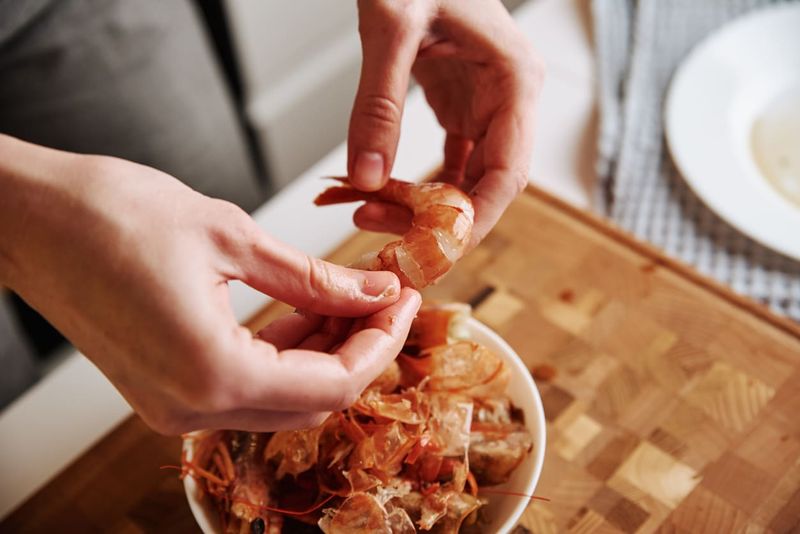
Believe it or not, shrimp shells and tails are edible and can be quite tasty. They add a delightful crunch and are often used to enhance flavor in dishes like soups and stocks. Not everyone enjoys the texture, but trying them might surprise you.
If you’re looking to add a new dimension to your shrimp dishes, consider experimenting with the shells. They hold a lot of flavor and can elevate the dish’s complexity.
Whether you choose to eat them or not, understanding their potential can open up new culinary possibilities. It’s worth exploring this often-overlooked part of shrimp, even if just to experience something different.
12. Shrimp Cook Best When Boiled in Water Alone
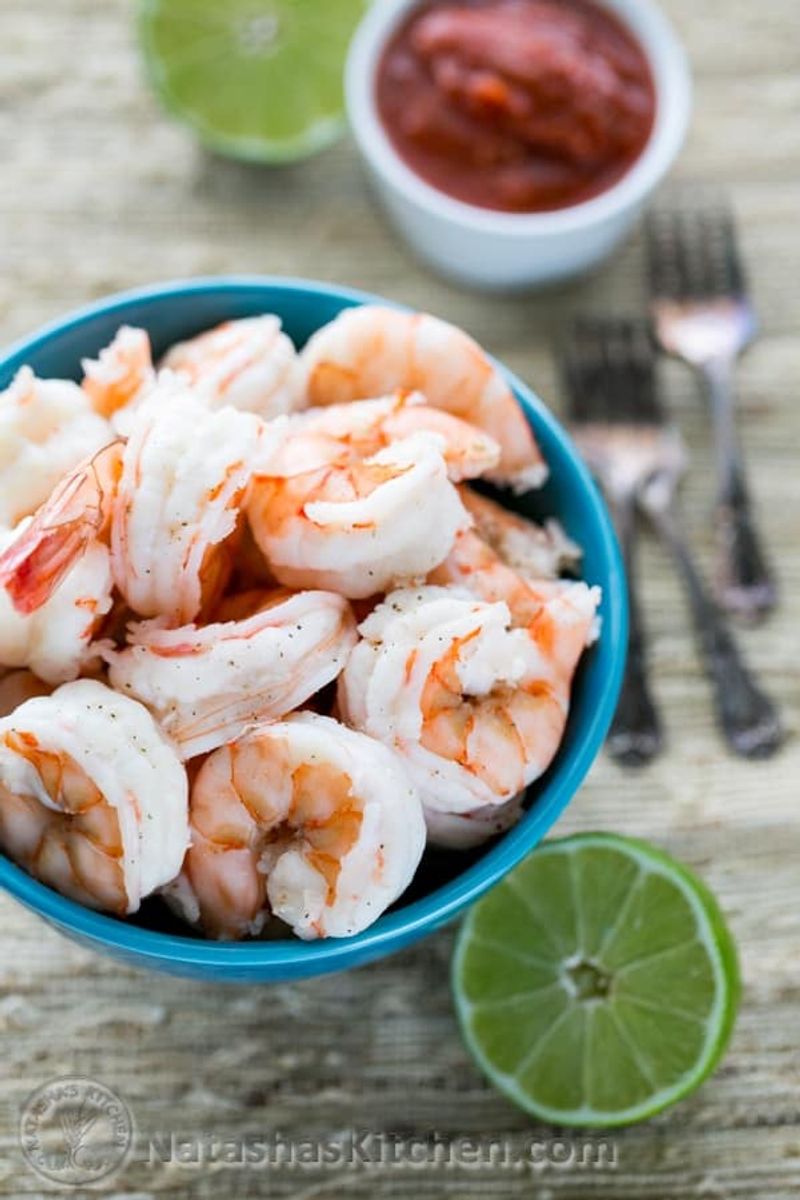
Plain boiled shrimp can be a bit bland, but it’s a common misconception that water alone is the way to cook them. Adding aromatic spices, herbs, and even citrus can transform this simple cooking method into a flavorful feast.
Enhancing the boiling water with ingredients like bay leaves, lemon slices, or garlic can infuse the shrimp with delicious flavors. This method enriches the eating experience and complements the shrimp’s natural taste.
So, next time you’re preparing shrimp, don’t hesitate to spice up the water. It’s a small tweak that brings big rewards and elevates your shrimp dishes.
13. Shrimp Turn Rubbery Only When They’re Undercooked
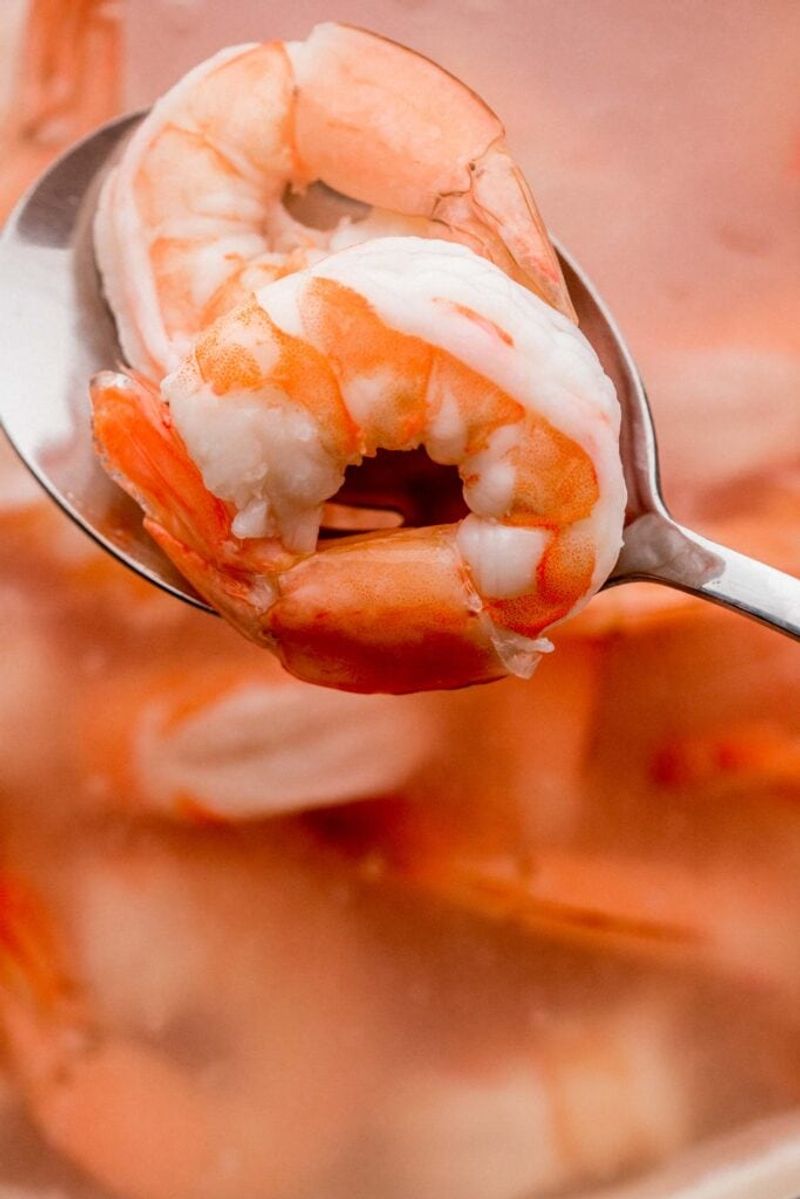
It’s a common mistake to think that rubbery shrimp are undercooked when they’re actually overcooked. Properly cooked shrimp should be tender and juicy, not tough and chewy. Paying close attention to cooking time and temperature is essential.
Understanding the signs of perfectly cooked shrimp—pink and opaque with a slight curl—will help avoid this pitfall.
Practice makes perfect, and with patience, you’ll master the art of cooking shrimp to perfection. Don’t let the fear of rubbery shrimp keep you from enjoying this delightful seafood. Embrace the challenge, and the results will be more than rewarding.
14. All Shrimp Tastes the Same No Matter the Type
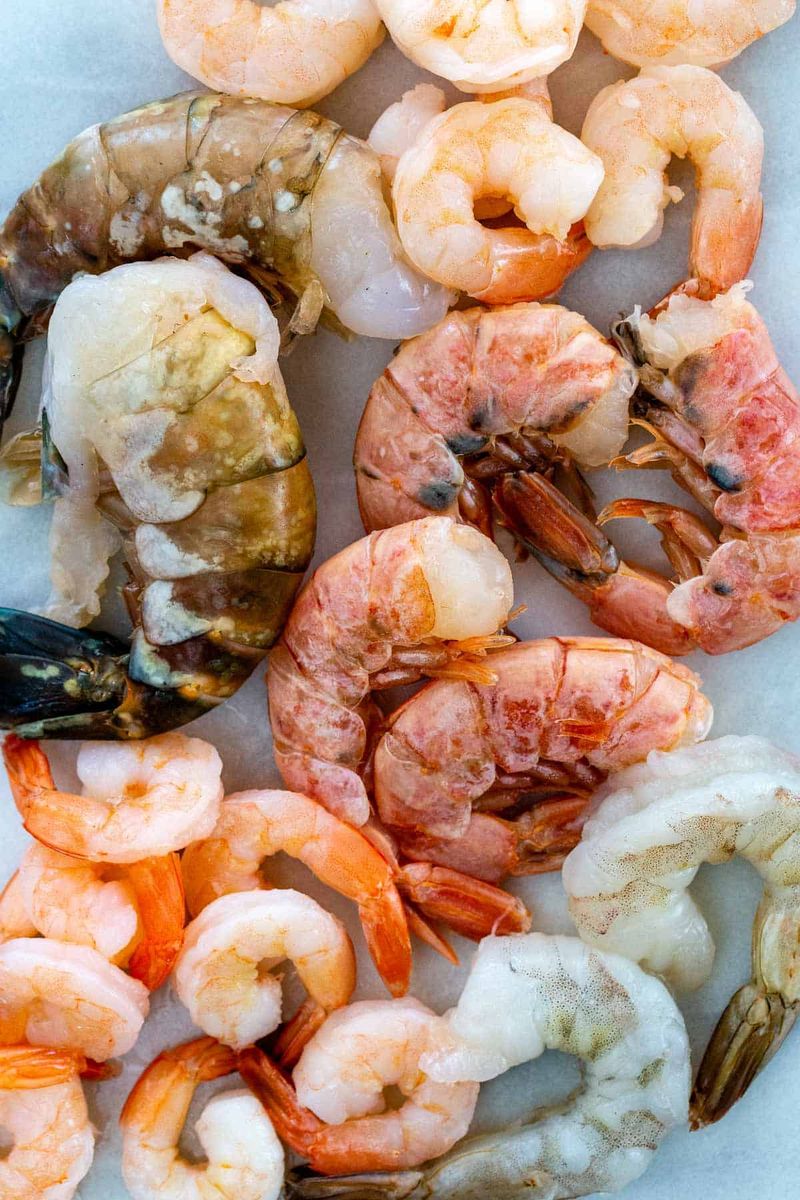
Shrimp enthusiasts know that not all shrimp taste the same. Different species and sizes offer unique flavors and textures. From the sweet and delicate taste of smaller shrimp to the robust flavor of larger varieties, each type has its own profile.
Exploring different types of shrimp can be a culinary adventure. Whether you’re trying Gulf shrimp, tiger prawns, or rock shrimp, each offers a distinct experience. Appreciating these differences can enrich your cooking and dining.
Try experimenting with various shrimp in your recipes, and discover the nuanced tastes that make each type special.
15. You Should Never Reheat Shrimp
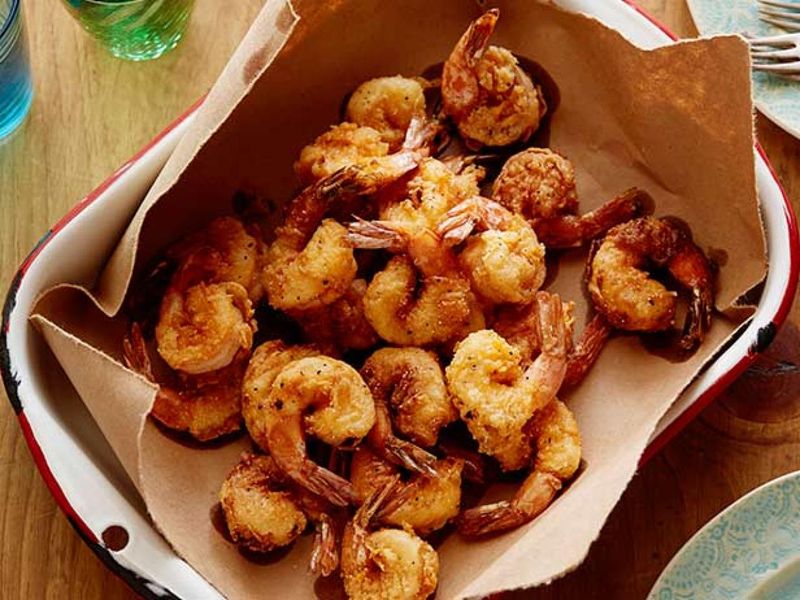
The idea that shrimp shouldn’t be reheated is misleading. While they can turn rubbery if overheated, careful reheating at a low temperature can preserve their tenderness. Techniques like gentle sautéing or steaming can bring leftover shrimp back to life.
Using the right method ensures that your shrimp remain delicious even after the initial cooking. Reheating can be a practical way to enjoy meals without wasting food.
With a little attention, you can savor shrimp leftovers that taste just as good as when they were first cooked. It’s about technique, not avoiding reheating altogether.
16. Shrimp Pair Well Only with Cocktail Sauce
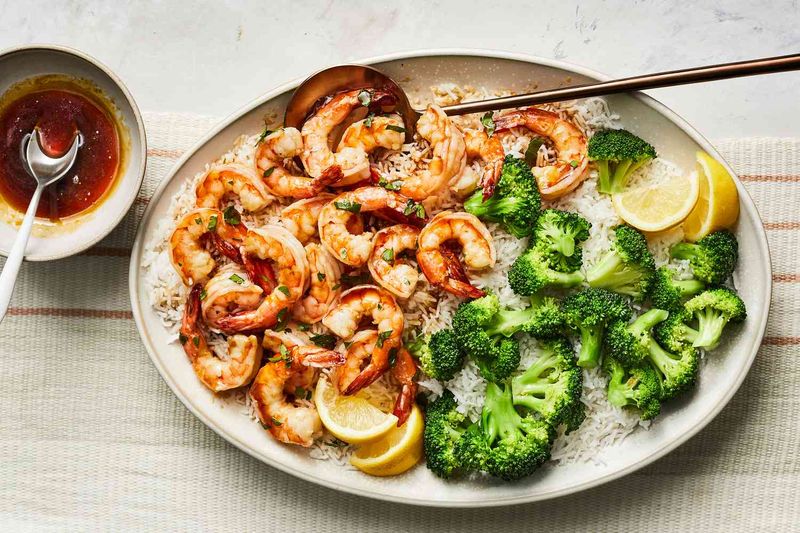
While cocktail sauce is a classic accompaniment, it’s far from the only option. Shrimp are incredibly versatile and can be paired with a variety of sauces, from garlic butter to spicy chili. Exploring different flavor combinations can make your shrimp dishes exciting and new.
Don’t shy away from experimenting with sauces like pesto or even fruit salsas. These pairings can bring out new dimensions in your shrimp dishes. Creativity in the kitchen can transform a familiar ingredient into a gourmet experience.
Next time you cook shrimp, think beyond cocktail sauce and let your culinary imagination run wild.
17. Shrimp Have No Nutritional Value—They’re Just Protein
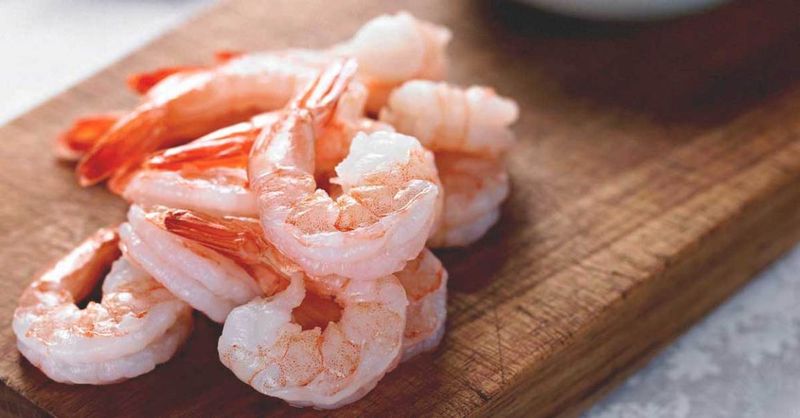
Shrimp are often underestimated nutritionally, seen merely as a protein source. However, they are also rich in vitamins and minerals, such as iodine, selenium, and vitamin B12. These nutrients are vital for various bodily functions, including thyroid health and immune support.
Incorporating shrimp into your diet can offer more than just protein. Their nutritional profile makes them a valuable addition to a balanced diet. Understanding the full benefits of shrimp can encourage healthier eating habits.
18. Farm-Raised Shrimp Are Always Inferior
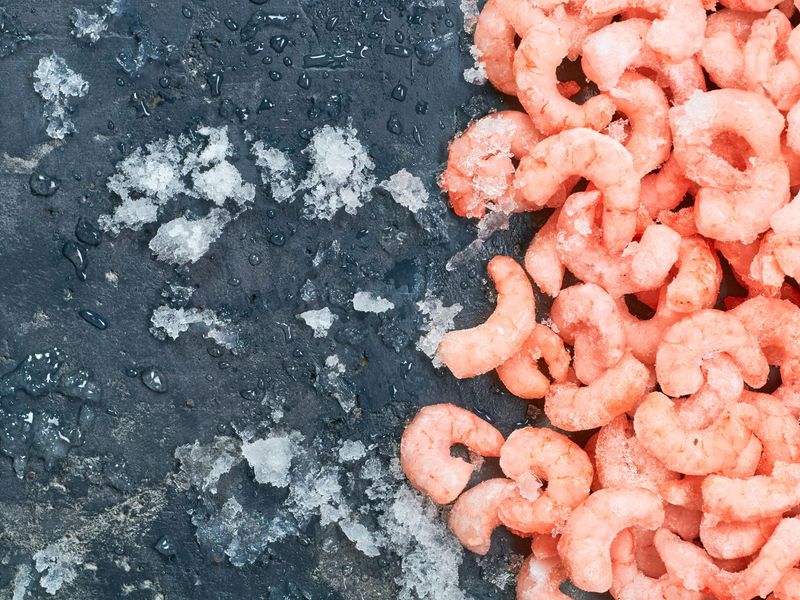
There’s a belief that farm-raised shrimp are inferior to wild-caught ones, but this isn’t always the case. Advances in aquaculture have led to high-quality farm-raised shrimp that rival their wild counterparts. Sustainable farming practices are producing shrimp that are both delicious and eco-friendly.
Choosing responsibly farmed shrimp supports environmental efforts and provides a reliable food source. It’s not just about taste; it’s about making informed choices that benefit the planet.
Don’t overlook farm-raised shrimp; they might surprise you with their quality and sustainability. Exploring both options can expand your culinary horizons.
19. The “Vein” in Shrimp Is Dangerous to Eat
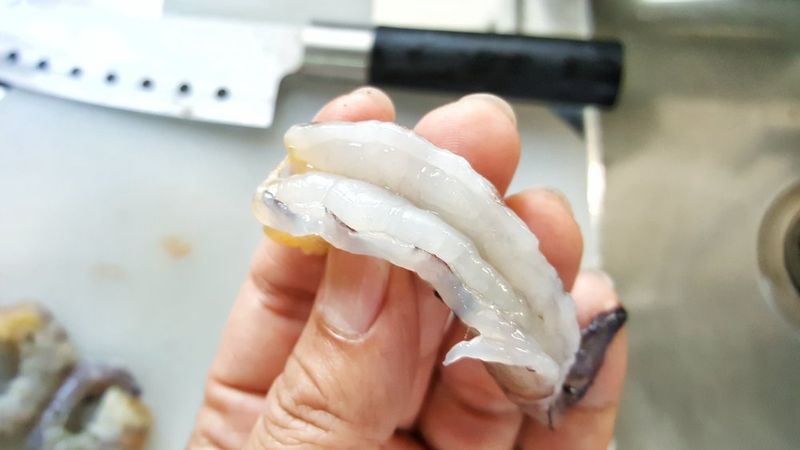
The dark line known as the ‘vein’ in shrimp has a reputation for being dangerous, but it’s more about aesthetics and texture than health risks. The vein is the shrimp’s digestive tract, and while it might contain sand or grit, it’s not harmful if eaten.
Deveining shrimp can improve the dining experience by removing this grit, but it’s not essential for safety. Understanding what the vein is can make shrimp preparation less daunting.
So, if you accidentally eat a bit of the vein, rest assured it’s not a cause for concern. It’s just another part of the shrimp, offering insight into its anatomy.
Leave a comment